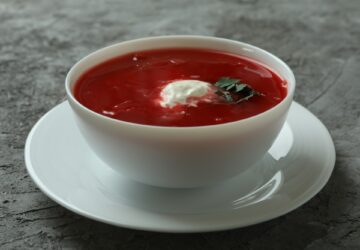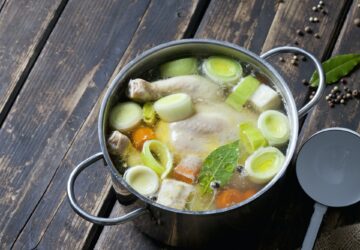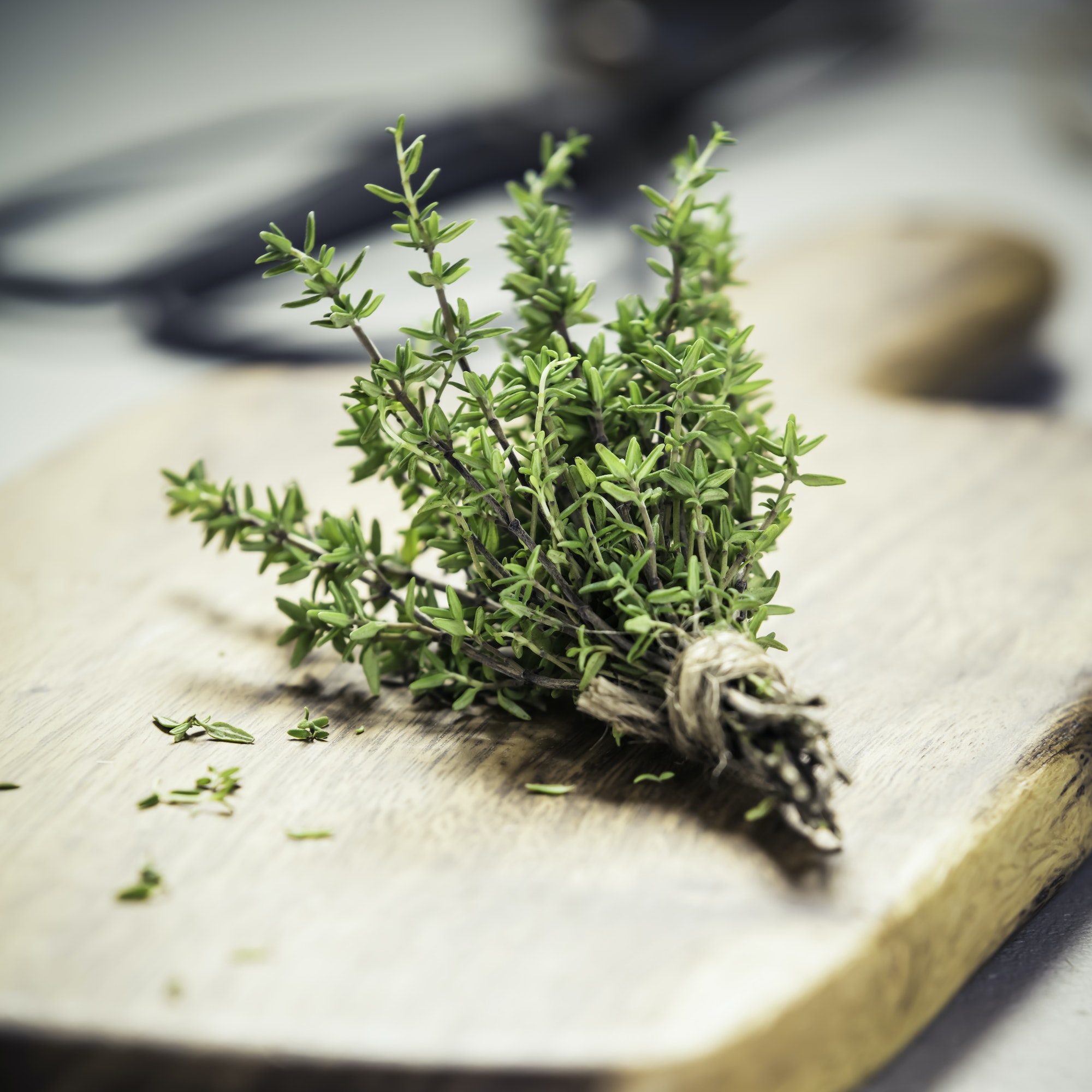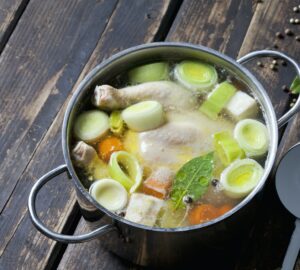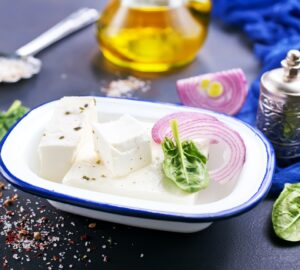Thyme is a small, perennial herb belonging to the Lamiaceae family, native to the Mediterranean region. It has tiny, elliptical leaves that grow on woody stems and emit a pleasant, aromatic fragrance. Thyme comes in various varieties, such as common thyme, lemon thyme, and creeping thyme, each with its unique characteristics. The herb has a subtle, earthy flavor with a hint of mint and lemon, making it a popular ingredient in various culinary traditions, particularly Mediterranean, French, and Middle Eastern cuisines.
Flavor Pairings:
Thyme’s delicate and versatile flavor profile allows it to pair well with numerous ingredients, enhancing and adding depth to various dishes. Here are some popular flavor pairings with thyme:
Meats: Thyme is often used to season meats, such as chicken, turkey, beef, and pork. Its subtle, earthy flavor complements the richness of the meat and can be used in various cooking methods, such as grilling, roasting, or braising.
Vegetables: Thyme pairs well with a wide range of vegetables, such as carrots, potatoes, onions, tomatoes, and mushrooms. It can be used in roasted, grilled, or sautéed vegetable dishes, adding a touch of warmth and earthiness.
Beans and Legumes: Thyme’s earthy flavor complements beans and legumes, such as lentils, chickpeas, and white beans. It can be used in soups, stews, or salads, adding depth and aroma to the dish.
Seafood: Thyme works well with the delicate flavors of seafood, such as fish, shrimp, and scallops. It can be used in marinades, sauces, or as a seasoning for grilled or baked seafood.
Fruits: Thyme can be used to add a touch of warmth and complexity to fruit-based dishes, such as fruit salads, compotes, or desserts. It pairs particularly well with citrus fruits, apples, and pears.
Cheese: Thyme pairs well with mild, creamy cheeses like goat cheese, Brie, and Camembert. It can be used in cheese-based dishes like quiches, tarts, or stuffed mushrooms.
Garlic and Onion: The combination of thyme, garlic, and onion is a classic flavor pairing found in many dishes, from soups and stews to roasted meats and vegetables. The flavors of these ingredients complement each other well, creating a harmonious taste.
Herbs: Thyme can be combined with other herbs, such as rosemary, oregano, and sage, to create flavorful and aromatic herb blends for seasoning meats, vegetables, or sauces.
Stocks and Soups: Thyme is often used to flavor stocks, soups, and broths, adding a subtle, earthy undertone that enhances the overall taste of the dish.
Bread: Thyme can be added to bread recipes, such as focaccia or savory scones, where its delicate flavor adds an aromatic and delicious twist.
Thyme is a versatile and flavorful herb that adds depth and aroma to a wide range of dishes. Its subtle, earthy taste pairs well with various ingredients, making it a valuable addition to any kitchen looking to explore the flavors of Mediterranean or French cuisine or simply to add a touch of warmth and complexity to everyday dishes. By incorporating thyme into your cooking, you can elevate your recipes and impress friends and family with its unique and delicate taste.
